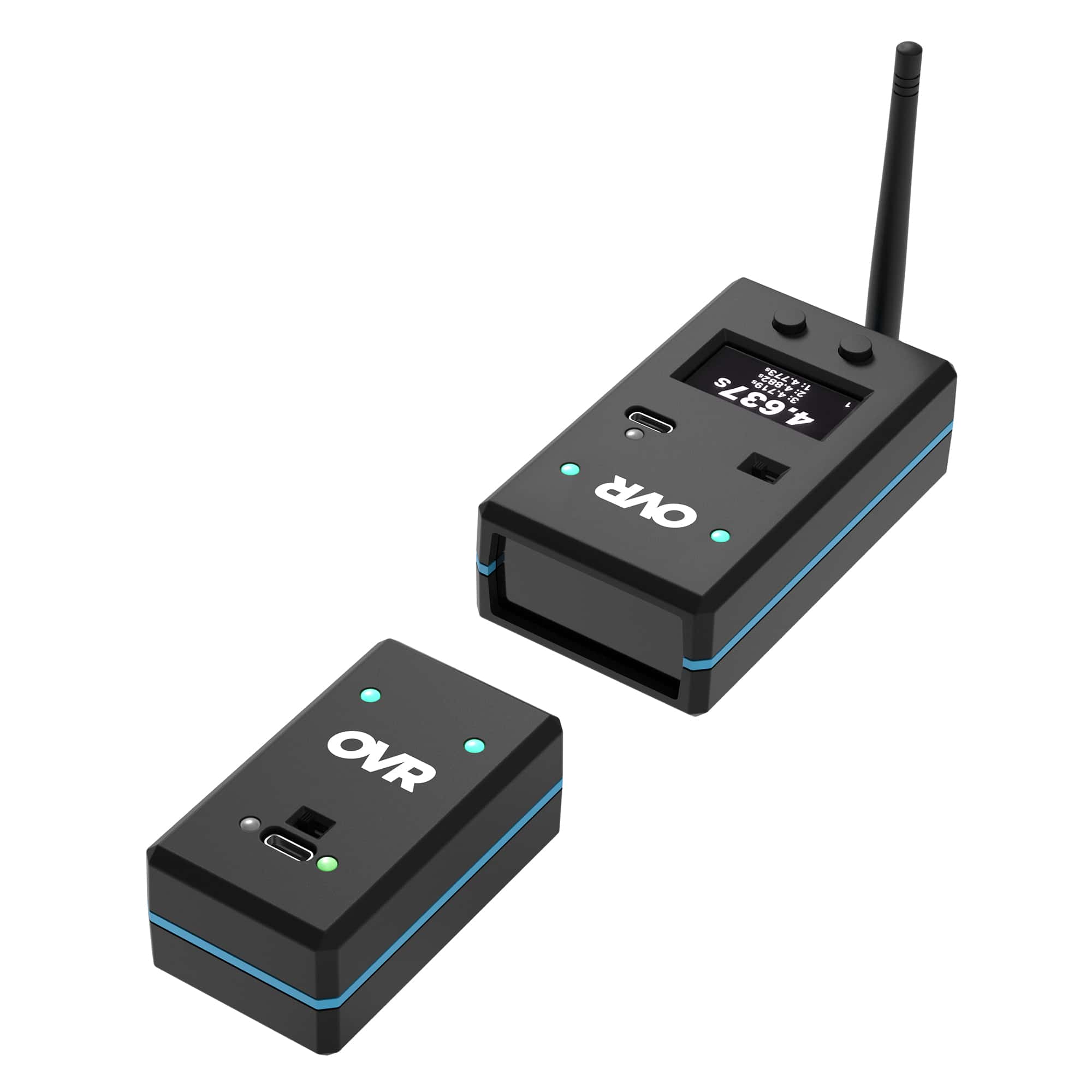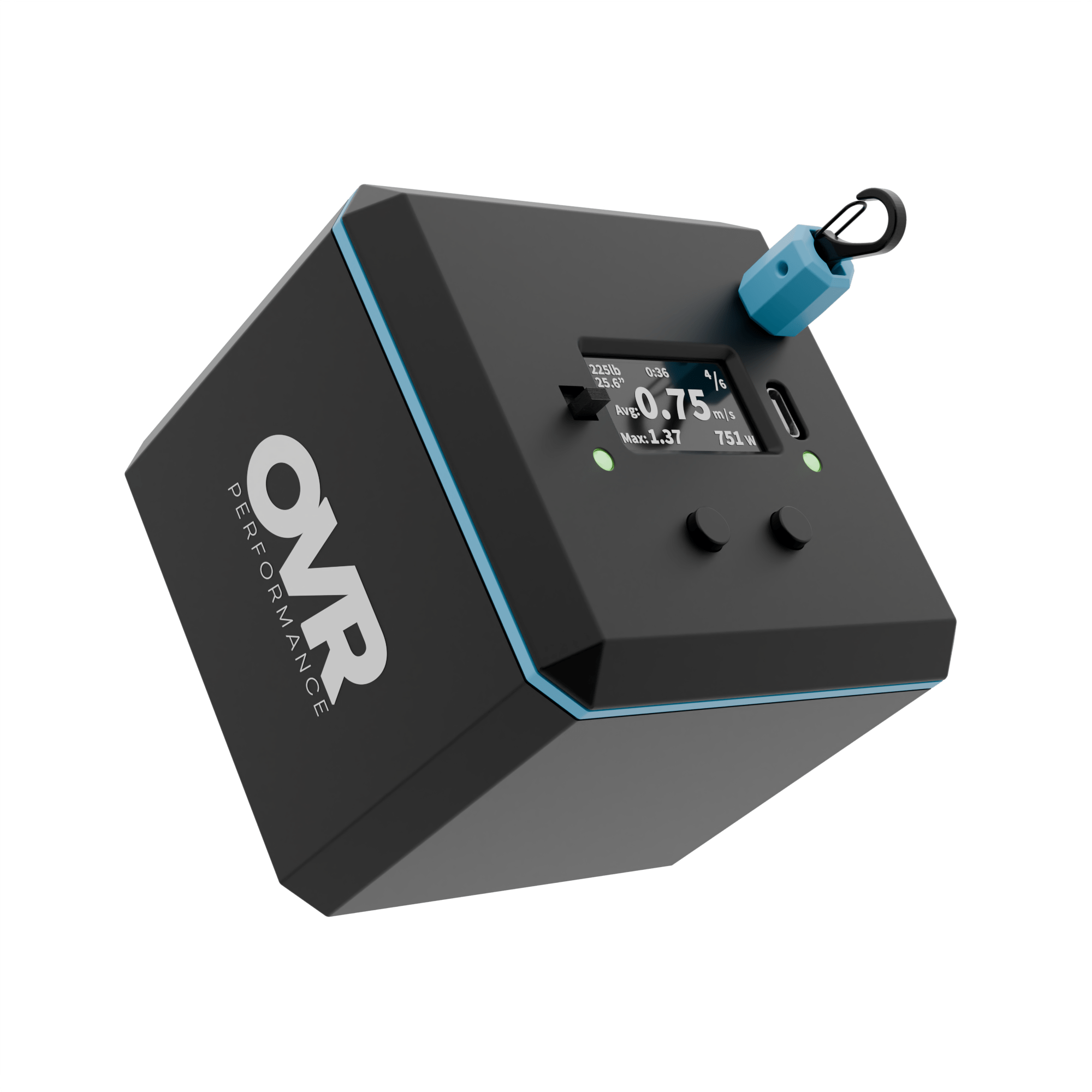Athletes and coaches are always aiming to increase their explosive power to reach the next level. One of the typical strategies involves depth jumps, which test the athletes reactive strength. Here, we will explore the principles behind depth jumps, what makes them so effective, and how RSI (Reactive Strength Index) plays a key role. Grab your favourite vertical jump device and get started.
Watch the full video here
What Are Depth Jumps?
To perform a depth jump, an athlete steps off an elevated bot, lands on the ground, and quickly jumps as high as possible. This exposes the athlete to quickly accept the landing force, and rebound upwards into a vertical jump in a very short period. Athletes should aim to minimize ground contact time (GCT), and maximize jump height.
Science Behind Depth Jumps
When an athlete lands from a box, they undergo a rapid eccentric contraction. By quickly transitioning into a concentric contraction (the jump), the stored energy is released, resulting in a more powerful movement. This sequence trains the body to better utilize elastic components, like during explosive activities.
Understanding RSI
RSI is a calculated metric, which comes from jump height divided by ground contact time. A higher RSI indicates that an athlete can produce significant force in a short amount of time, reflecting superior reactive strength and elasticity.
Measure and Improve RSI with Depth Jumps
Depth jumps provide a practical way to measure and improve RSI. By measuring these metrics, athletes can aim to maximize jump height while minimizing ground contact time, thus increasing RSI.
- Jump Height: Indicates the explosive strength and the ability to generate force.
- Ground Contact Time: Reflects how elastic an athlete is to get off the ground fast.
To measure these metrics, we can use laser jump systems like OVR Jump, which set up quickly and measure all three metrics instantly.
Individualizing Training Based on RSI
All athletes are different. Some may display remarkable explosive strength with high jump heights but longer ground contact times, while others might have quicker ground contacts but lower jump heights. By assessing RSI components, coaches can make training decisions.
- High Jump Height but Slow Contact Time: Focus on drills that improve elasticity and reduce ground contact time, such as low-amplitude plyometrics and quick-feet exercises.
- Fast Ground Contact but Low Jump Height: Incorporate strength training to enhance force production and increase jump height.
This individualized approach ensures that training addresses specific weaknesses, leading to balanced athletic development.
Practical Tips for Implementing Depth Jumps
- Progressive Overload: Increase box height and intensity as the athlete's strength improves.
- Use Technology: Employ tools like OVR Jump to accurately measure RSI.
Conclusion
Depth jumps are not just an exercise; they are a diagnostic and developmental tool that can help athletes improve their explosive power. Using RSI principles, coaches and athletes can achieve new levels of performance through targeted, individualized training. With tools like OVR Jump, we can now measure and improve these metrics with ease.









Leave a comment
This site is protected by hCaptcha and the hCaptcha Privacy Policy and Terms of Service apply.